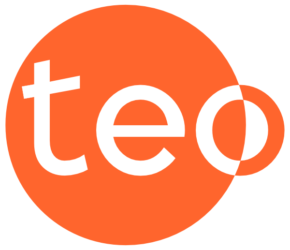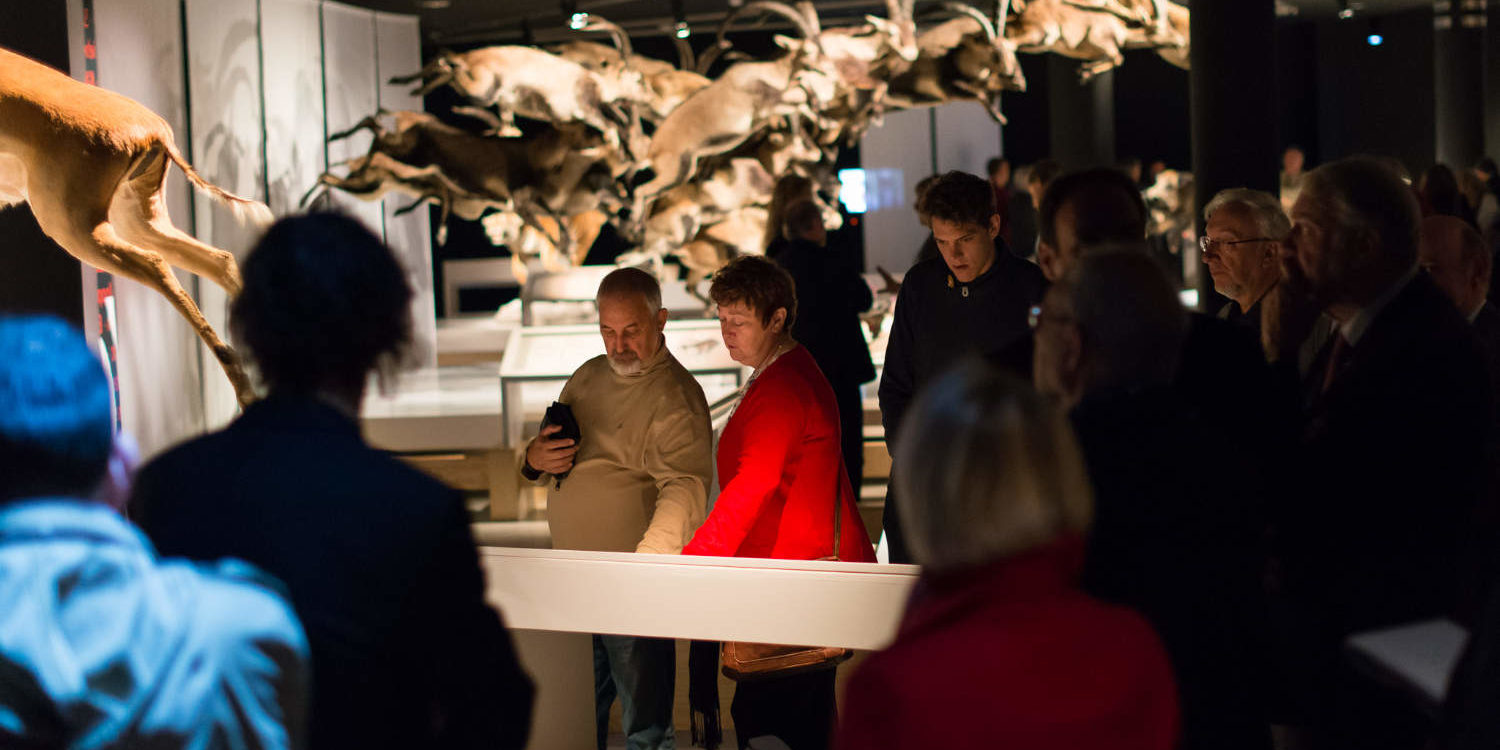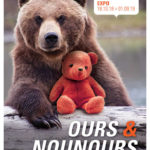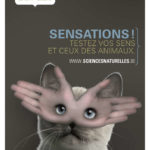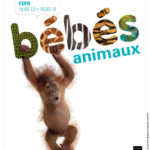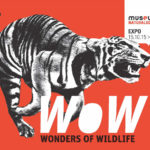Teo: Could you tell us about your institution, the Royal Belgian Institute of Natural Sciences?
Camille Pisani: It performs a vast portfolio of research activities, nationally and internationally, on biodiversity and evolution, ecosystems functioning or applied geology. But we are mostly known by the general public for our Museum of Natural Sciences, and for our world famous Dinosaur Gallery. The museum is one of the largest natural science institutions in Europe. It welcomes over 330,000 visitors each year and preserves a unique collection of 37 million specimens, one of the largest in the world. Most of our exhibition halls have been just redeveloped. Exhibitions are the most visible part of our cultural offer. They are a backbone for many educational and cultural activities.
Exhibitions are the most visible part of our cultural offer. They are a backbone for many educational and cultural activities.
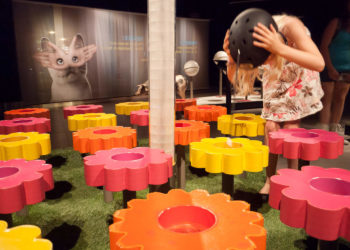
What is your strategy for the development of your exhibitions programme?
We propose one exhibition per year. It is presented for the whole cultural season, a period of about 10 months. We have developed a mixed model based on the successive presentation of in-house creations, co-productions and the presentation of exhibitions produced by other institutions. The three scenarios do not mobilise the same skillsets in similar timescales. To streamline the use of our internal resources and create a robust programme, we rely on a complex architecture of planning, workload and finance which articulates the three models. We select the best model for each slot of our programme based on timescales, production modes, partnership opportunities and collections.
What is your approach to exhibition hosting? How does your team coordinate the hosting programme for your institution?
Welcoming exhibitions produced by other institutions is for us the quickest and sometimes the cheapest option. It mobilises less of our resources, especially our designers and our exhibitions team, since the project already exists. However we never really host an exhibition as such. We never just open the boxes, install displays, cut the ribbon and open the show. We always have to adapt exhibitions to our space, to our audiences, and we often add what our science or our country has to tell on the topic. We work on language, on design and on content, and often develop new interpretation specific to our country and audiences. However it is the shortest development model, as we can usually coordinate the production within 12 months.
What are your key criteria for the selection of a new exhibition?
First of all we consider the proposed theme. We are a thematic museum, focused on natural history. Exhibitions need to have a link with what we do and who we are. We need to have an expert, in house, who is specialised on the subject tackled by the exhibition. For instance climate change and zoology would be areas of interest, while ethnology, botany or medicine would not really be relevant for us.
Then we assess the classic criteria of size, price and availability. If it is too small, too big, too expensive or not available for the slot we are considering then of course the project cannot be examined.
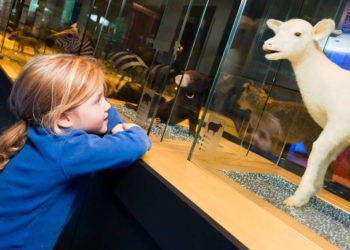
Exhibitions need to have a link with what we do and who we are.
This being checked, we carefully consider the audience targeted by the exhibition. We scrutinise the exhibition content, beyond the stated audience, to get a real understanding of who the exhibition is really designed for.
The profile of the producer also influences our choice. A producer we already know, and whose productions we already appreciated in the past, would be a partner of great interest for us.
Then if an exhibition succeeds through all these filters, then visiting it is a must for us. It is only when seeing it in the flesh that we can really have a full understanding of the proposed project and determine if it matches our standards and our audiences.
Co-productions seem to be at the heart of your strategy. Your team has taken part in the production of several exhibitions that were produced and toured with other European institutions, notably the Baby Animals, Senses and Wow projects. Is this approach more complex than an in-house production?
Exhibitions produced in collaboration with other institutions are a very challenging option. It is much more demanding than it seems. It is essential to set up a good partnership and it takes time. For a successful development, a consortium needs to be set up around 3 years before the launch of the tour. We have to agree on everything, the theme, the collections, the storylines, the design, with a team of professionals who come from different institutions with different languages, regulatory environments and cultural frameworks. Even professionals with the same language will not have the same cultural references or perceptions of the social role of their institutions. We have to work together to reach a common understanding.
What makes this approach so appealing for your institution? Do you feel it increases chances of success?
It is a very rewarding format. Since it needs to be adapted for touring, the costs of co-productions are usually 30% higher than for a normal production but split amongst partners, these costs become significantly lower for each individual producer than for an in house production. For the sake of clarity it is worth saying that in our business models, where permanent staff costs are not integrated in production costs, spending more time on a project doesn’t hamper the budget and the global cost remains affordable.
Beyond that, chances of success are indeed increased because a co-produced exhibition has overcome the barriers of the 3 or 4 original hosting partners through extensive pre touring work. The subject is less local, partners are taken out of their comfort zone. Common references are adopted and they can travel. It becomes truly intellectually transposable and this is a genuine asset for touring. Moreover, touring to original partner venues also enables the show to really get into its stride before it actually tours to renting venues.
I am particularly keen on the co-production model because it is a real source of learning for our staff. It fosters learning all along your career.
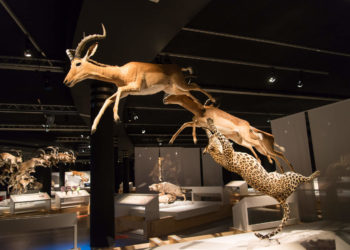
Is co-production your favourite model?
They are all interesting and complementary, but I am particularly keen on the co-production model because it is a real source of learning for our staff. It fosters learning all along your career – in an field where there is actually no school dedicated to that specific knowledge. Partners have to share creativity. It is extremely useful to be confronted to other modes of thinking, modes of organisation, scales of values and know-hows. Producers learn from criticism, they are forced to question and sometimes change their practice. This is invaluable.
Also because we do not have the capacity to tour ourselves. We tried to tour past exhibitions and experience led us to the co-production model. Managing the whole touring process with the same team who already manages our exhibitions programme is not sustainable. It generates sizeable additional work that requires more staff, and conflicts between our own exhibition programme and the touring requirements can always arise. To create touring productions we would need a specific team dedicated to that activity. For now, Wow is toured by the Granada Parque de la Ciencias, Baby Animals by the Toulouse Museum and Senses by the Experimentarium.
However, in house creations do have their own relevance. They are the right solution whenever we want to show collections that are not able to tour or to present topics that are relevant only or mostly to our local audiences. This approach also gives our team large freedom for creativity. But it is the most demanding model in terms of resources.
How do you feel international collaborations for the production of touring exhibitions will evolve in the future?
I observe that the co-production model is more and more popular. More and more institutions work in partnerships and develop exhibitions they tour amongst them, and the offer has increased a lot. I see two reasons for that. First, leading on from EU and Erasmus initiatives, European people now know each other. This is the foundation which made it possible to work together. Then economic and financial incentives are key. With co-productions, the same result can be achieved at a lower cost. It makes it very attractive for better management and a fairer use of public money. For all these reasons it becomes more and more common and I think the trend will continue to grow, as people get to know each other better and resources scarcity remains a core challenge. Co-productions have a great future lying ahead. And as far as we are concerned, we will continue down that path.

About Camille Pisani
Camille Pisani just left her position as Director General of the Royal Belgian Institute of Natural Sciences, a leading international scientific research and museum institution in Brussels. An engineer and doctor of science, she has played essential roles in the development of major scientific institutions including the Cité des Sciences et de l’Industrie, the Musée de l’Homme and the Natural History Museum in Paris. Once Director of exhibitions for the Natural History Museum in Paris, and now as the Director of the Belgian Institute, she has promoted and orchestrated the integration of many international co-productions in the cultural programmes of her institutions.
